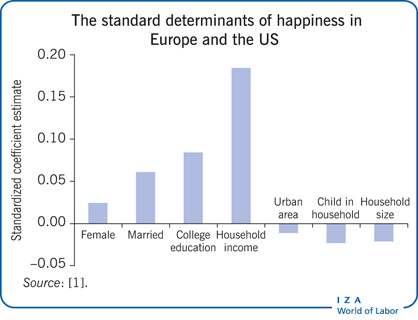 late-life-work-and-well-being.pdf
late-life-work-and-well-being.pdf
Flexible retirement may be one solution to the challenges of unemployment, aging populations, and public pension burdens
Elevator pitch
Flexible work time and retirement options are a potential solution for the challenges of unemployment, aging populations, and unsustainable pensions systems around the world. Voluntary part-time workers in Europe and the US are happier, experience less stress and anger, and are more satisfied with their jobs than other employees. Late-life workers, meanwhile, have higher levels of well-being than retirees. The feasibility of a policy that is based on more flexible work arrangements will vary across economies and sectors, but the ongoing debate about these multi-tiered challenges should at least consider such arrangements.

Key findings
Pros
Voluntary part-time workers have more life satisfaction and less stress and are more satisfied with their jobs than full-time workers.
Flexible approaches to retirement and to part-time work are linked to higher levels of well-being, at least in labor markets where flexible work is a choice.
Workers who remain in the labor force after retirement age are more satisfied with their health and are happier than their retired counterparts.
Flexible work times and retirement schemes can enhance well-being—which is linked to better health and higher productivity—and also reduce unemployment and pension burdens.
Cons
Changing employment and retirement schemes will have administrative, bargaining, and implementation costs for employers and employees.
Employers may incur short-term costs from shifting to shared and part-time work.
Such work arrangements are likely to be less feasible in countries with large informal sectors, where reducing precarious employment remains a priority.
Different cultural norms and labor market practices will affect the feasibility of such arrangements and will mediate their effects on well-being.
'정책비교 > 노동' 카테고리의 다른 글
| 자료 오건호: 국민연금: 국민연금 대체율 인상이 곤란한 이유 (0) | 2018.11.12 |
|---|---|
| 새 경제수장 홍남기 “매주 기업인과 점심 먹겠다” (0) | 2018.11.10 |
| Lars Osberg 2017 Ontario gets it right with move to higher minimum wage (0) | 2018.11.04 |
| Does Labor Legislation Benefit Workers? Well-Being after an Hours Reduction (0) | 2018.11.03 |
| Are workers motivated by the greater good? (0) | 2018.11.03 |
| 더그 포드 보수당 온타리오 주정부 노동법 개악안, 최저임금 동결 (0) | 2018.10.25 |
| 자동차 산업, 하청 부품업체 장악력 50%, 현대기아차 , 혁신의 아이콘인가? (0) | 2018.10.23 |
